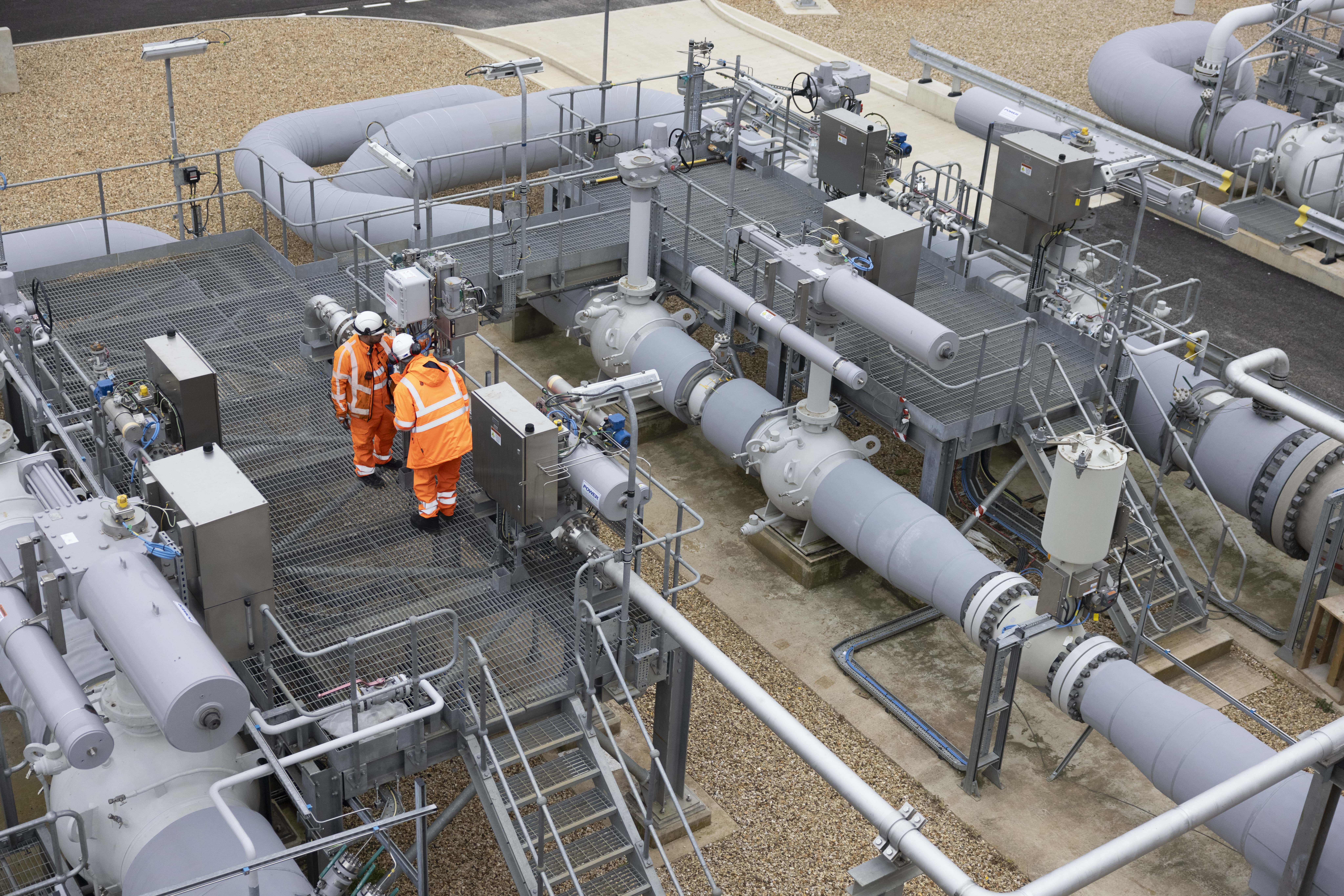Capacity
Constraint management
National Gas has processes in place to manage constraints on the gas National Transmission System (NTS). Constraints occur when there is insufficient gas to meet demand due to maintenance work, asset failure or localised issues on the network.
What is a capacity constraint?
When there is a capacity constraint, it means National Gas is unable to flow a volume of gas onto or off the network to meet customer demands, which are within the contracted levels of capacity they have purchased. The constraint could be caused by a variety of factors, including network maintenance, compressor failure or various locational supply/demand scenarios.
We have processes in place to manage these gas constraints. Where appropriate, we will notify users about any actions being taken via the Active Notification System (ANS).
Constraint management actions
We use a range of tools to manage localised gas constraints. These are described in the System Management Principles Statement. Our constraint management actions are as follows:
- Short-term system flexibility (Offtake Profile Notification OPN request)
We will notify users via Active Notification System (ANS) messages if we believe we may not be able to accommodate requests for short-term system flexibility in one or more exit zone(s). Find out more about our Short-Term System Flexibility Allocation Methodology. - Scalebacks
We may scale back users’ off-peak/interruptible capacity if a constraint is forecast or experienced. Capacity that has been scaled back may be restored if the constraint has been resolved. Find out more about the Off-Peak/Interruptible Capacity Scaleback and Restoration Process. - Firm capacity surrender (buy-back)
We may ask users for offers to surrender their firm capacity if a constraint is forecast or experienced. Find out more about the Firm Exit Capacity Surrender Process. - Offtake flow reductions
We may ask users for offers to deliver offtake flow reductions if a constraint is forecast or experienced. This involves reducing flow at an offtake, relative to the prevailing Offtake Profile Notification (OPN), for part or all of the gas day. Find out more about the Offtake Flow Reduction Process. - Locational energy actions
We may ask users for offers for locational energy actions if a constraint is forecast or experienced. Read our Operational Guidance Material for Locational Trades for more information.
Constraint management incentives
National Gas is incentivised to maximise the release of capacity and minimise the costs of constraints against a set financial target. If we keep the level of constraint costs passed through to consumers below the target, then we receive a revenue from the incentive. If costs are higher than the incentive target, then a cost is incurred (subject to sharing factors and cap and collar).
We are obliged to release entry and exit capacity at around double peak demand. Flows of gas at these levels cannot be physically accommodated concurrently, meaning there is an inherent risk of constraints that must be managed. We manage the risks to asset reliability, maintenance and changing flow patterns using rules, tools (physical and commercial) and asset options.
Sales of certain capacity products, such as obligated and non-obligated entry and exit capacity, feed into the incentive as revenue. Therefore, we are incentivised to maximise the sales of capacity, but may be exposed to the costs of capacity buybacks if we sell too much.

